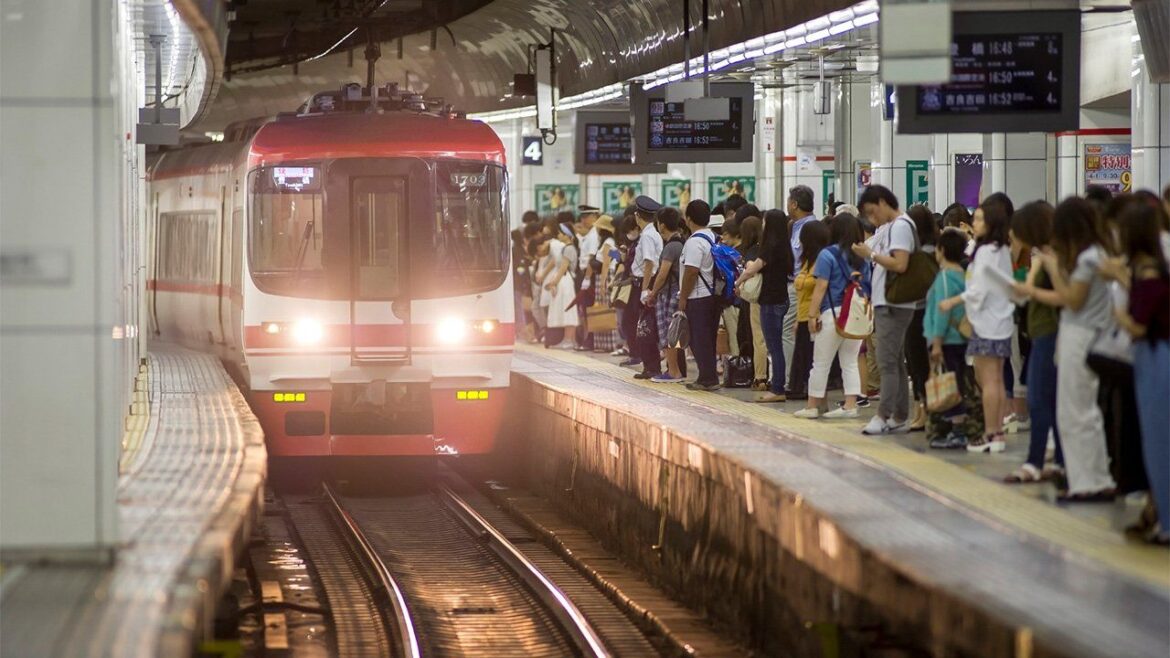Japan Data
Economy
Society
Aug 21, 2025
Rail congestion rates rose slightly in Japan’s major metropolitan areas in fiscal 2024, but are still considerably lower than before the pandemic.
A report from the Ministry of Land, Infrastructure, Transport, and Tourism showed that rail congestion rates in Japan’s three major metropolitan areas rose slightly in fiscal 2024. However, they are still extremely low compared with before the pandemic.
The average rate of congestion during peak morning hours for the Tokyo, Osaka, and Nagoya metropolitan areas, respectively, was 139% (up 3 points year on year), 116% (up 1 point), and 126% (up 3 points). After plunging in fiscal 2020, and remaining flat the following year, they have been rising since fiscal 2022.
The graph below shows the changes in rate of congestion and train capacity for 31 major train lines in the Tokyo metropolitan area. Before the pandemic, the rate was above 160%, but now it is more than 20 points lower.

A congestion rate of 139%, or 39% more than the maximum occupancy, is characterized by a situation where passengers are able to either sit down, hold on to a strap, or hold on to a bar near the train door, but there is almost no direct physical contact with other riders
On the most crowded lines, congestion rates in the Tokyo metropolitan area prior to the pandemic were close to 200%, a level at which there is considerable body contact and people near the doors are unable to move. However, the congestion rates for such lines in fiscal 2024 were much lower.
Data Sources
(Translated from Japanese. Banner photo © Pixta.)
transportation
railway


AloJapan.com